Aircraft Transactions
Experience seamless aircraft transactions by following our comprehensive guidelines.
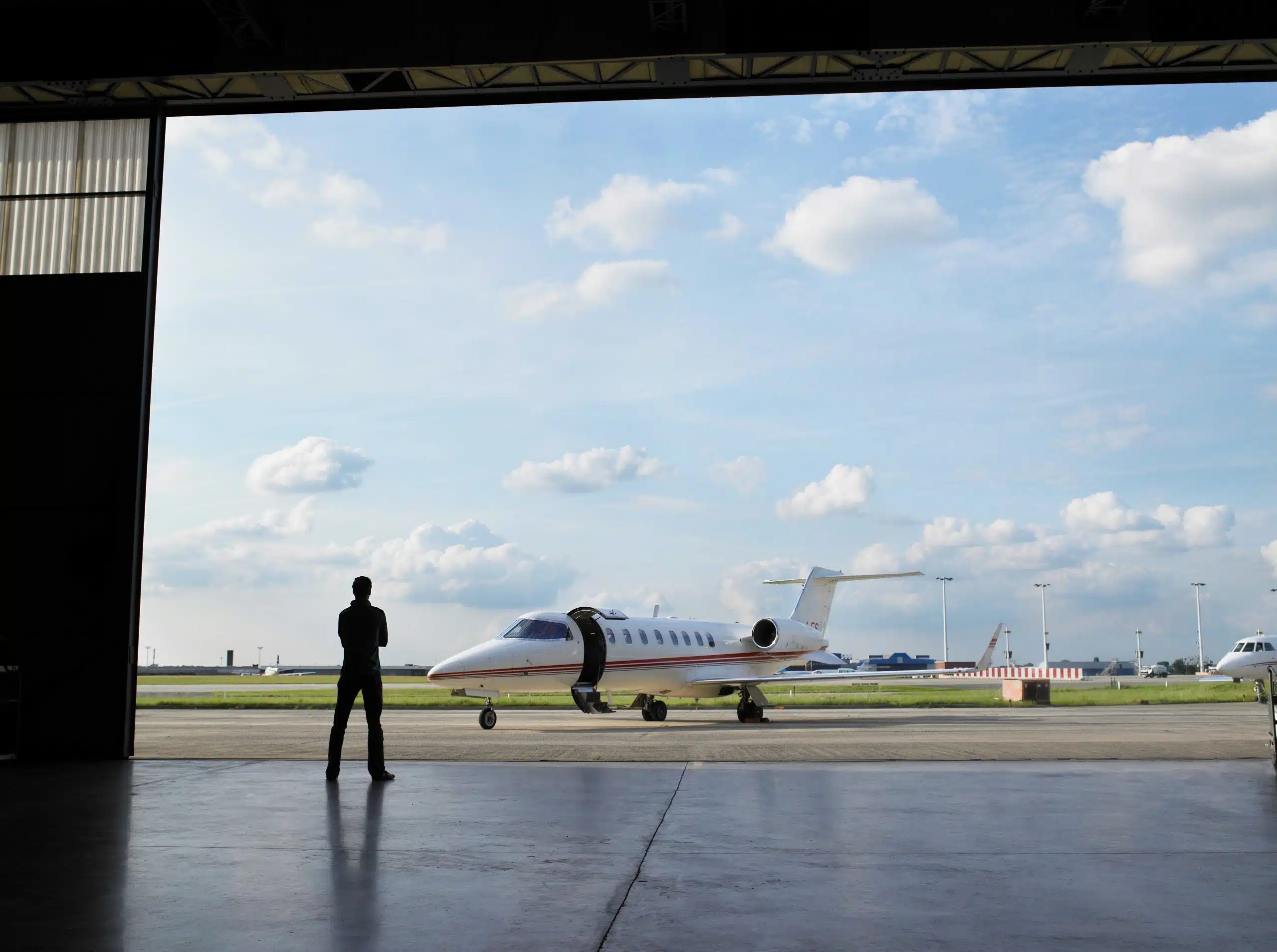
Experience seamless aircraft transactions by following our comprehensive guidelines.
Picture Credits : Bombardier.com
At YYZlaw, we specialize in facilitating aircraft transactions with expert legal guidance across a wide range of services. Whether you are buying, selling, leasing, financing, or managing aircraft, our team of experienced aviation lawyers is here to ensure that your transaction is handled smoothly and efficiently.

Secure your investment with thorough legal representation.

Tailored lease agreements that protect your interests.

Streamline the sale process with expert legal support.

Ensure efficient operation and management of your aircraft.

Obtain favorable financing terms with comprehensive legal guidance.
Each of these services is designed to protect your interests and simplify the complexities of aircraft transactions. YYZlaw’s expertise ensures that every aspect of your transaction is meticulously handled, providing you with the confidence and peace of mind needed to proceed.

Bank of America aircraft finance division is well suited for credit-based aircraft loans and lease options. They work best in deals involving aircraft and helicopter assets that are over $10m in value and 10 years of age or newer. Typical aircraft loan or lease terms are for 5 to 7 years, with 12 to 15 year amortizations at very strong rates.
Managing Director at Bank of America Leasing
Direct Phone: (612) 656-0378
Email: [email protected]
Suite 3550 – IDS Center
80 South 8th Street
Minneapolis, MN 55402

Aurora Jet Partners flight department has 55 years of operation experience in Canada. We offer full aircraft management services primarily in Vancouver, Edmonton and Toronto. This includes supplying flight crew, in-house maintenance, accounting, scheduling, SMS, regulatory compliance and charter sales. We also offer a factory new and pre-owned aircraft brokerage service for both buyers and sellers.
We offer third party maintenance services on Phenom 100 + 300, Challenger 300 + 600 Series, Global 5000 + 6000. We are an authorized Embraer Phenom Service Centre.
Contact for Aircraft Management and Brokerage:
Email: [email protected]
Contact for Maintenance:
Email: [email protected]
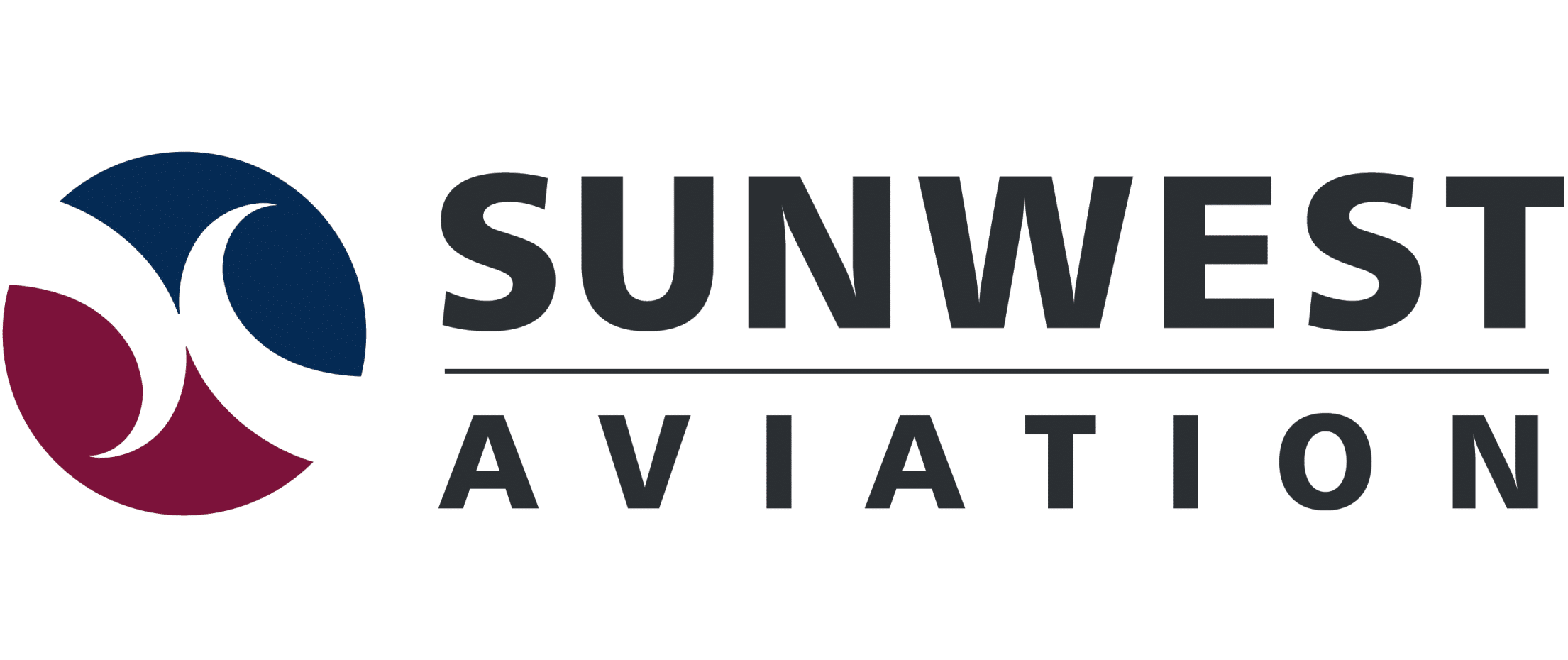
Sunwest Aviation stands as a leading Canadian aircraft operator dedicated to delivering aviation excellence through Aircraft Management, Aircraft Charter, Air Ambulance, and FBO Services. With a fleet of nearly 30 aircraft, world-class pilots, and a 24/7 Operations Centre, Sunwest provides turn-key, personalized travel solutions for both business and leisure travellers.
As one of the few Canadian operators accredited with ARGUS Platinum, IS-BAO Stage 3, and EURAMI, Sunwest is recognized as an industry leader in safety and operational performance.
Calgary, Toronto, Winnipeg
Telephone: 1-888-291-4566
Email: [email protected]

Flightexec is a full-service Air Carrier providing Worldwide Flight Operations, Aircraft Management, Aircraft Acquisitions, Air Charter, and Aircraft Maintenance. Flightexec has earned a reputation for providing their clients with the most exclusive level of service in private aircraft travel. Flightexec has a special understanding to provide solutions for any and all of its clients’ requirements no matter how unique. Flightexec’s sister company, FlyXcite is a premier air charter solution provider with worldwide reach. Created on the core values of reliability, flexibility, luxury and safety; FlyXcite can source an aircraft to charter that will exceed your expectations. FlyXcite was founded by aviation experts that thrive on providing the highest level of service and personalizing the experience for each client on every flight.
Toronto, London, ON and Hamilton, ON, Flint, MI (FlyXcite) and Longview, TX (FlyXcite)
Director of Customer Experience
Telephone: 866-246-3591
Email: [email protected]
Email: [email protected]
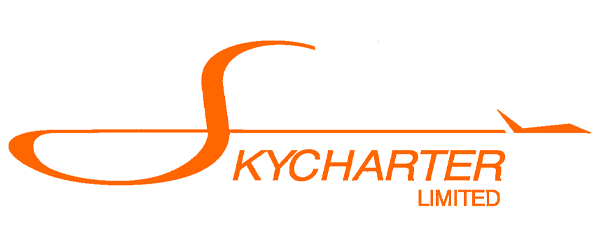
Skycharter has been in the business of operating and managing jet aircraft since 1968. Founded by businessman-pilot Irv Shoichet and now run by Richard Shoichet and his team of seasoned professionals, Skycharter is a fully-licensed, fully-integrated business aviation organization with the knowledge and flexibility to offer customized management solutions. Having once operated the country’s largest privately-owned fleet of business jets, Skycharter retains the expertise for both private and commercial operations. Whether owners want the exclusive use of their asset or supplemental income from third-party charter, Skycharter provides solutions shaped to individual needs.
Putting safety first – in crewing, maintenance, and operations – has earned Skycharter an impeccable safety record spanning decades. Skycharter also understands the needs of owners for discretion, privacy and security, and has been recognized for all these qualities by both local and international authorities. Offering 24/7 flight coordination and dispatch, Skycharter operates from its own “boutique” FBO at the north end of Pearson airport, close to downtown access roads.
Toronto
CEO
2450 Derry Road East
Hangar #8
Mississauga, Ontario
L5S 1B2
Telephone: 905-677-6901 x 224
Email: [email protected]

Private Air is a Premier Canadian Aircraft Charter and Management Company. Launched in 2008, Private Air serves leading corporations and business leaders across North America. Our extensive experience ensures that our customers always have direct access to the information they need to achieve their desired results. Whether you own an aircraft and want to generate revenue from it, or if you are interested in chartering an aircraft for your next trip, Private Air would be happy to help you achieve your goals.
Toronto, Hamilton, Windsor, Montreal, Vancouver, Collingwood, Saskatoon, Kitchener-Waterloo.
Aircraft Management
Email: [email protected]
Aircraft Charter
Email: [email protected]
5945 Airport Road, Suite 175
Mississauga, ON L4V 1R9
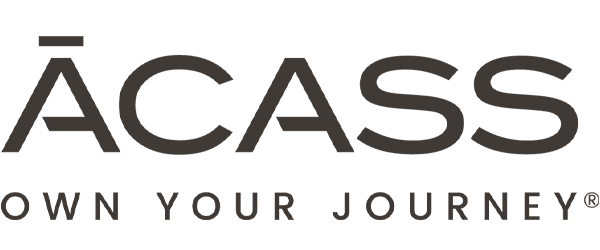
ACASS is a leading provider of highly customized support services for business aviation worldwide. Since 1994, we have been empowering leaders and visionaries to own their journeys with world-class expertise and best-in-class services, including sales & acquisition, flight crew staffing, aircraft management, leasing, and charter. We have maintained our status as a ISBAO stage 3 operator, providing world-class management services to Canadian and International customers.
Montreal
Sales Director Aircraft Management - Worldwide
Work: +1 514 636 1099
Mobile: +1 514 803 7883
Email: [email protected]
Senior Vice President of Services
Work: +1 514 636 1099
Mobile: +1 514 924 8211
Email: [email protected]
Vice President of Marketing
Work: +1 514 636 1099
Mobile: +1 416 704 2050
Email: [email protected]
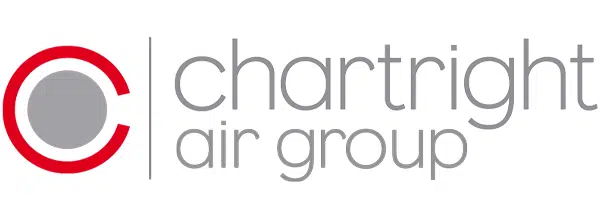
Chartright Air Group, with over 35 years of service, stands as a leading name in the Canadian private aviation
sector. Offering a comprehensive suite of services including private jet charter, aircraft management, FBO services,
and maintenance, Chartright commits itself to exemplary safety standards, outstanding customer service, and
operational excellence. Chartright’s respected reputation is a testament to their unwavering dedication in serving
the dynamic needs of the aviation industry across Canada.
Calgary, Hamilton, Kitchener/Waterloo, Lake Simcoe, Ottawa, Regina, Toronto, Vancouver.
VP of Sales & Marketing
2450 Derry Road East
Hangar #6
Mississauga, ON
L5S 1B2
Telephone: 1-800-595-9395
Email: [email protected]

For over 60 years, Execaire Aviation has been a trusted provider of comprehensive private aviation solutions for business aircraft OEMs, owners, operators, and commercial airlines.
Headquartered in Montreal, Quebec, Execaire Aviation delivers tailored services, including aircraft sales and acquisitions, management, charter, FBO, MRO, and paint solutions. With a commitment to operational excellence and the highest levels of service, Execaire Aviation supports clients across Canada.
A division of IMP Group Ltd., a Halifax-based private investment company, Execaire Aviation benefits from a strong foundation in global sustainable growth across diverse industries such as aerospace, healthcare, and information technology.
Montreal, Toronto, Halifax, Ottawa, Calgary, Winnipeg, Vancouver, Hamilton, Windsor.
MRO Facilities: Montreal & Toronto
Director, Business Development - Aircraft Management Services
Pierre Elliott Trudeau International Airport
10225 Ryan Ave,
Dorval, QC
H9P 1A2
Telephone: 416-418-8663
Email: [email protected]
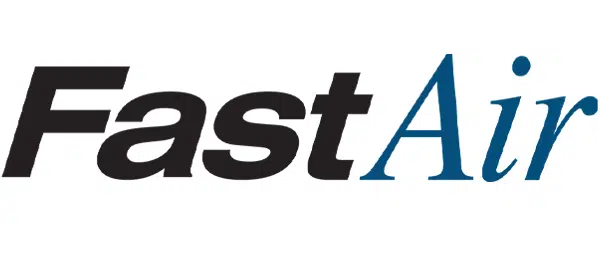
Management solutions tailored to your unique needs including crewing, maintenance, fuel, insurance, hangar, acquisition of all business aircraft.
Winnipeg MB, Thompson MB, Red Lake ON
General Manager
Telephone: 204-982-7240
Email: [email protected]
80 Hangar Line Road
Winnipeg, Manitoba
R3J 3Y7
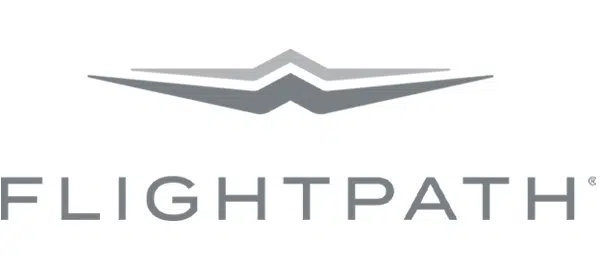
Montreal, Toronto, Barrie, Kitchener, St. Catharines, Ft. Lauderdale, Boca Raton
President
Telephone: 519-648-9712
Email: [email protected]
Managing Director Flightpath USA
Telephone: 954-907-8862
Email: [email protected]
Hangar 33
4881 Fountain St. North,
Breslau, Ontario, Canada
N0B 1M0
3700 Airport Road
Unit 302
Boca Raton, FL 33431
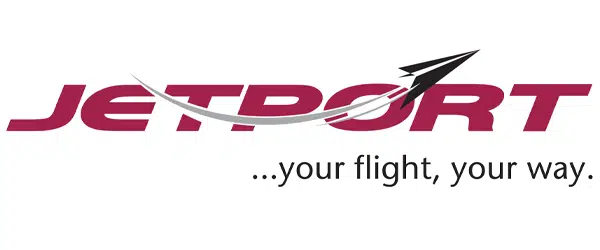
Jetport provides business aviation services since 1997 from its facilities located at Hamilton International Airport. An expert in aircraft charter services, Jetport has developed a strong safety culture and operational expertise around its VIP services. Our experienced FBO, flight operation and maintenance teams support 24/7 aircraft handling, fuel, hangar, charter, aircraft management and other aviation consulting services as requested around the ever-growing popularity, convenience and efficiency of Hamilton Airport.
Hamilton Int’l Airport, Ontario
President
Telephone: 1 888 887 7713
Email: [email protected]
520-9300 Airport Rd,
Hamilton Int’l Airport, Mt. Hope,
Ontario, L0R 1W0
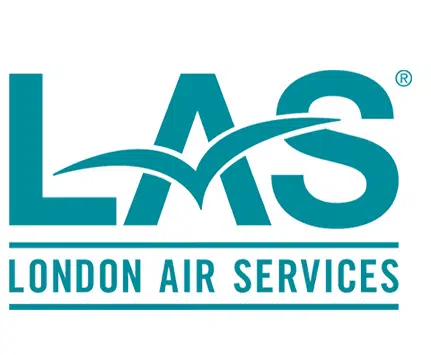
London Air Services (LAS) was been operating our commercial charter operations (704) & Private (604) for over 20 years based at Vancouver International (CYVR). LAS is privately owned by a local family. Over the 20 years LAS has purchased 22 aircraft from Bombardier from the Lear 45/75, Challenger 604/605 to the Global 5000 and AW139 helicopters. We currently operate a fleet of 3x Lear 75, 1x Challenger 605 , 1x Global 6000 and 2x AW139.
LAS operates out of our own state of the art hangar London Aviation Center. This is the newest hangar at YVR and was completed in 2007. It is the largest non-airline hangar at YVR and the only facility that will fit the larger business jets (G650, Global 7500,BBJ etc). LAS is in partnership with Signature Flight Support (LAS is 49% owners of Signature YVR) which guarantees LAS aircraft the best fuel pricing at YVR. We have a Canadian and US operating certificate for private and commercial operations. Please view our hangar on our virtual tour here.
All of our pilots are bombardier trained and complete additional jet upset training in the US. We maintain the highest standards in the industry. LAS is the only Canadian company that meets the Wyvern Wingman standard and we hold IS-BAO stage II as well. All of our maintenance staff are OEM trained. The LAS DOM sits on the Lear jet Tech committee and our Deputy DOM sits on the Global 7500 technical committee.
Vancouver
Sales Manager
4580 Cowley Crescent
Richmond, British Columbia
V7B 1B8
Office: 604-448-1152
Cell: 604-803-3409
Email: [email protected]
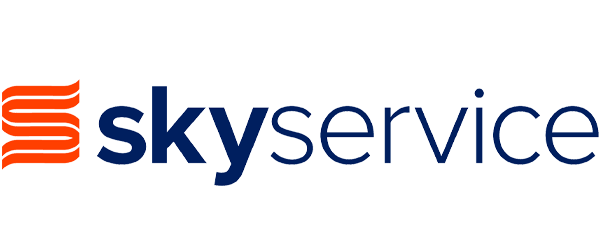
Skyservice is a North American leader in business aviation dedicated to innovation, responsible operations, safety, and service excellence. Celebrating over 37 years of distinction, Skyservice is at the forefront of the business aviation industry, with best-in-class facilities across North America. Our skilled maintenance teams, award-winning fixed base operation facilities, first-class aircraft management, private jet charter services, aircraft sales, and acquisitions teams combine to deliver an exceptional experience to our valued customers. At Skyservice, we aim higher and reach further to best serve our clients. To learn more, visit skyservice.com
Calgary, Montreal, Ottawa, Toronto, Vancouver, Bend OR, Helena MT, Redmond OR, Seattle WA, Napa CA, Fort Lauderdale FL* and Miami FL*
*Fontainebleau Aviation A Skyservice Company location
Director Business Development, Aircraft Management
6120 Midfield Road
Mississauga, Ontario
L4W 2P7
Telephone: 1-416-938-7595
Email: [email protected]

Coast Capital Equipment Finance offers tailor-made solutions that meet the needs of both buyers and sellers with fast processing and competitive rates and terms. We request aircraft only as collateral (which does not tie up personal or corporate assets). Available for certified new or used aircraft.
Assets of focus:
Deal Size:
Term:
AVP, Capital Markets
Telephone: 403-720-5628
Email: [email protected]
AVP, Capital Markets
Telephone: 604-205-3878
Email: [email protected]
800-9900 King George Boulevard
Surrey, B.C.
V3T 0K7
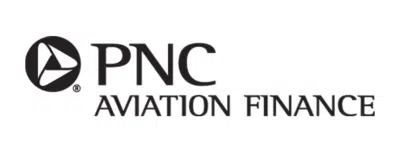
Our Commitment To You
At PNC Aviation Finance, aircraft loans are what we do … and we do them well. With our team of experienced professionals dedicated exclusively to aircraft financing, we believe that our commitment to service is unmatched in the industry.
Our Breadth Of Solutions
We offer a full menu of competitively structured loans that can be custom-tailored to meet your specific aircraft financing needs. Solutions include:
Asset-based loans
Credit-based loans
Fixed rates, floating rates and hybrids
Leasing Options
Senior Vice President, Eastern Canada
Telephone: 404-964-9538
Email: [email protected]
Vice President, Western Canada
Telephone: 714-401-2337
Email: [email protected]
4355 Emerald St
Ste 100
Boise, ID 83706

Echo Aviation Leasing is a structured finance & advisory company, fully dedicated to the Business Aircraft & Helicopter Market. The team at Echo have collectively originated, financed, and deployed over $5Bn of capital, 100% dedicated to aviation assets, and transacted on over 1,200 aircraft, in the last 2 decades. Today, Echo stands at the forefront of aviation financing and transactional advisory, continuing to leverage their expertise in order to deliver quality financing solutions to aircraft buyers and owners looking for a diversified source of capital, flexibility, competitiveness, and speed.
Managing Partner
Email: [email protected]
Partner
Email: [email protected]
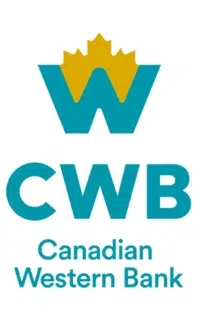
CWB has a dedicated team of aviation financing professionals headed up by Peter Greenway, Director who has over 25 years experience in the industry and sits on the board of the Helicopter Association of Canada. CWB provides full service banking solutions for cash management and loans in CAD or USD for fixed and rotary wing aircraft operated on a commerical, corporate or private basis as well as loans for operating facilites and aviation-related real estate. Our deal size generally starts at CAD $3M and our single name limit is up to CAD$125M with syndication possibilties as well.
Director, Aviation Financing Centre
1211 Summit Dr #101
Kamloops, B.C.
V2C 5R9
Business: 250-852-6004
Email: [email protected]
Shaul’s journey in the field of aviation law has been marked by a distinguished blend of academic excellence and professional expertise. After completing his LL.M. in Air and Space Law at McGill University, where he delved into intricate aspects of airline business law and private international air law, Shaul has developed a profound understanding of the multilateral treaties and conventions that underpin aviation law. His academic journey began with a summa cum laude graduation in French Studies from the University of Pennsylvania, leading to a Juris Doctor and Bachelor of Civil Law from McGill University in 2019.
In the professional realm, Shaul’s tenure at YYZlaw over two years has seen him engage in a wide array of Canadian and international aircraft transactions, including purchase and sale agreements, leases, sale and leasebacks, and financings. His work significantly contributes to the regulatory aspects of aviation law, where he has amassed considerable experience in assisting foreign air operators in obtaining licenses from Transport Canada and the Canadian Transportation Agency. Shaul’s expertise extends to drafting tariffs and terms and conditions for air carriers, as well as aiding travel retailers and wholesalers in registering with the Travel Industry Council of Ontario.
Beyond his legal pursuits, Shaul’s passion for fencing has seen him compete at the highest levels of the sport. As a longstanding member of the Canadian national fencing team since 2011, he represented Canada at the Tokyo 2020 Olympic Games and is on the path to qualification for the 2024 Olympic Games in Paris. His linguistic proficiency in English, French, and Italian, along with a proficiency in Hebrew, complements his global perspective, fueled by a love for travel and exploration.
Among the many highlights of Shaul’s engagements with the aviation sector is his admiration for the Bombardier Challenger 650. His encounter with this business aircraft at a Canadian Business Aviation Association convention left a lasting impression, thanks to its gorgeous interior, spacious cabin, and exceptional range. The Challenger 650 embodies the qualities Shaul values in an aircraft: elegance, comfort, and superior performance. This admiration for the Challenger 650 not only reflects his personal tastes but also symbolizes the convergence of his professional interests in aviation law and his passion for the finer aspects of aviation.
T: (416) 681-9500, ext #9200
C: (604) 340-8577
F: (647) 343-9229
E: [email protected]
Kellie-Ann Machete’s connection with the aviation industry spans over 25 years, a journey that began at Transport Canada and the Canadian Aviation Safety Board (now the Transportation Safety Board of Canada). Her deep-rooted passion for aviation law has been the driving force behind her successful career, which includes significant positions at major Toronto law firms and, more recently, as Legal Manager at the world’s largest regional aircraft leasing company. Kellie-Ann’s expertise in aviation law is both broad and detailed, encompassing Canadian and international transactions, such as purchase/sale agreements, leases, sale and leasebacks, novations, financings, and redeliveries.
Her extensive aircraft transactional experience in dealing with international clients and coordinating with local jurisdiction counsel across multiple jurisdictions has significantly broadened her knowledge base. Kellie-Ann has also been instrumental in managing the aviation regulatory aspects of an aviation law practice, showcasing her versatile skill set in this niche field.
Kellie-Ann holds a Law Clerk certificate from the Institute of Law Clerks of Ontario and has dedicated herself to continuous learning and networking within the aviation community. Her participation in aviation conferences, International Registry seminars, and her involvement with organizations such as Women in Aviation, Women in Aerospace, and the International Aviation Womens Association (IAWA) highlight her commitment to the advancement of women in the industry.
Her expertise extends to understanding the intricacies of Transport Canada Civil Aviation, the Federal Aviation Administration, various Canadian and U.S. aviation regulations, the Aviation Working Group and AWG Legal Panel policies and procedures, and the Cape Town Convention/Aircraft Protocol. Additionally, her knowledge covers the International Registry and applicable procedures and regulations, including aircraft enforcement procedures and bankruptcy laws in both Canada and the U.S.
Outside of her professional achievements, Kellie-Ann has a vibrant life filled with hobbies such as baseball, travelling, and spending quality time with her family. She also has a unique interest in collecting aviation memorabilia, a passion she shares with her husband, who is also part of the aviation industry.
Despite her affinity for the de Havilland Canada Beaver, the Lancaster and the joy of flying War Birds at the Hamilton Canadian Warplane Heritage Museum, Kellie-Ann’s dream business aircraft is any model from the Bombardier Global Express series. Her preference for this particular series stems from its Canadian manufacturing roots, embodying sleek design and swift performance. This choice reflects Kellie-Ann’s pride in Canada’s contributions to the aviation industry and her appreciation for the advanced capabilities of the Global Express aircraft.
T: (416) 681-9500, ext #9100
C: (416) 358-2798
F: (647) 343-9229
E: [email protected]
With an impressive tenure of 34 years in the aviation law sector, Joanne Rodriguez has become an integral figure at a renowned aviation and travel law boutique in Toronto. A graduate of Seneca College’s Legal Assistant program, Joanne’s expertise extends far beyond her initial academic training, having immersed herself deeply into the world of aviation law in Canada. Her career is highlighted by her significant contributions to the ongoing operations of air carriers to Canada, where she regularly liaises with the Canadian Transportation Agency on critical matters such as air carrier licensing and insurance.
Joanne’s specialization in securing charter permits for airlines looking to operate passenger or cargo charter flights between Canada and other countries underscores her pivotal role in facilitating essential air travel operations. Her responsibilities also encompass supporting aviation lawyers and contract administrators by managing and performing a wide range of administrative duties within the firm. This support is not only vital for the smooth running of aviation law-related tasks but also crucial for client-specific matters.
Beyond her professional commitments, Joanne is dedicated to her family, cherishing the time spent with her two beautiful children. Her community spirit shines through her active role in organizing various community sporting leagues, contributing significantly to the social fabric of her community.
Joanne’s favorite business aircraft is the Embraer Legacy 450. This choice is inspired by her love for visiting Florida, a destination where these aircraft are completed. The Embraer Legacy 450 stands out to her for its spacious cabin, offering an exceptional level of travel comfort for her and her family. This preference for the Embraer Legacy 450 not only highlights Joanne’s appreciation for the technical and comfort aspects of aircraft but also showcases her personal connection to where these aircraft are manufactured and completed.
Shakshi’s journey through the world of aviation law and management is a testament to her profound passion and dedication to the field. With a rich academic background, including an LL.M. in Air & Space Law from McGill University, an MBA in Aviation Management from the University of Petroleum and Energy Studies, and a Juris Doctor from Guru Gobind Singh Indraprastha University, her credentials are impressive and well-rounded. Her academic pursuits led her to an invaluable internship at the International Civil Aviation Organization (ICAO) in Montreal, where she deepened her understanding of the aviation industry’s legal framework, including bilateral and multilateral agreements, the Sustainable Aviation Fuels (SAFs) program, and the Carbon Offsetting and Reduction Scheme for International Aviation (CORSIA).
Before embarking on her Air and Space Law LL.M., Shakshi honed her legal expertise in India as an Associate at a prestigious litigation firm, representing a leading low-cost air carrier in defending complex passenger claim suits across multiple jurisdictions.
Shakshi’s passion for aviation extends beyond the courtroom and into the realm of academia and public discourse. She is an avid writer and researcher, with her blog “100 Knots” capturing the attention of over 30,000 aviation enthusiasts on LinkedIn. Her contributions to the literature on aircraft leasing and financing have been published by Bloomsbury, further establishing her as an authoritative voice in aviation law.
Her adventurous spirit is not confined to her professional life, it also manifests in her love for hiking, trekking, and exploring diverse cultures and cuisines worldwide. Fluent in English and Hindi, and proficient in Spanish, Shakshi’s linguistic skills complement her global perspective and ability to connect with various cultures.
Shakshi’s dream business jet is the HondaJet Elite II, admired for its speed, range, and altitude capabilities, making it the leader in the Very Light Jet class. The aircraft’s design for single-pilot operations, dual-engine safety, and impressive safety record align with Shakshi’s values of convenience, reliability, and excellence in aviation. The HondaJet Elite II symbolizes the pinnacle of innovation and efficiency, mirroring Shakshi’s aspirations and achievements in the aviation law field.
Ehsan’s journey through Canadian Aviation Law has been both comprehensive and distinguished. Even before completing his Juris Doctor at the University of British Columbia, Faculty of Law, Ehsan delved deeper into the complexities of aviation law. Before commencing his studies at the McGill Institute of Air and Space Law as a visiting student, focusing on private international air law and airline business law, his favourite book in law school was the Treatise on Air-aeronautical Law, (Matte, 1974). Prior to attending law school, Ehsan obtained a B.Sc. in Technical Management, summa cum laude, from Embry Riddle Aeronautical University. Ehsan also holds a Diploma of Airline and Flight Operations from the British Columbia Institute of Technology and is also the holder of a Canadian commercial pilot license with a multi-engine IFR rating.
In his professional capacity, Ehsan has become a trusted advisor in Canadian aviation law, guiding both public and private entities within the aviation sector through the complexities of commercial transactions and regulatory frameworks. Ehsan is also extensively involved with business aircraft transactions, and his experience includes the negotiation of agreements pertaining to aircraft purchases and dispositions, aircraft and engine maintenance and overhaul, engine and parts purchase, lease, consignment and sale, and aircraft interiors procurement, where he has represented clients on both the buy-side and the sell-side. Ehsan also currently acts for several Canadian lessors of aircraft, acting as transactional counsel on domestic and international aircraft leasing operations. His representation of clients in negotiations related to aircraft purchases, sales, maintenance, leasing, and interior procurement highlights his adeptness in both the strategic and operational aspects of aviation law in Canada.
Ehsan’s contribution to the commercial air travel sector is noteworthy, with a significant portion of his practice dedicated to assisting clients in navigating the regulatory environment. His role in licensing new foreign air operators with Transport Canada and drafting tariffs and terms for air carriers underlines his comprehensive understanding of the industry’s legal requirements. His negotiation skills have also benefited airline clients in securing advantageous contracts for premium passenger services and forging strategic partnerships in car rental and lodging accommodations.
Beyond his professional achievements, Ehsan’s passion for entrepreneurship, volunteerism, and community service shines through. His active involvement in EscroAir, Canada’s pioneering aircraft escrow service provider, and co-founding Flight Club, a peer-to-peer aircraft rental platform, exemplify his commitment to innovation and community engagement within the aviation industry. Ehsan’s multifaceted career in Canadian aviation law not only reflects his deep-seated expertise, but also his dedication to advancing the aviation sector through legal excellence, innovation, and community service.
The first business aircraft Ehsan had the pleasure of flying on was the Bombardier Challenger 300. He accompanied a client on their way to the Bombardier facility in Montreal to assess an upgrade to a Bombardier Challenger 350. Within less than 50 minutes of arriving at the airport in Toronto, Ehsan was touring the Bombardier assembly line in Montreal. His dream aircraft became the Bombardier Challenger 300/350/3500 family. Business aircrafts are the most advanced form of time machines that humans have built to date, and for Ehsan, the Bombardier Challenger 3500 represents the most functional aircraft and best value for Ehsan’s ongoing missions.
T: (416) 681-9300
C: (647) 236-6500
F: (647) 343-9229
E: [email protected]
Bill is a distinguished Canadian aviation lawyer with a focus that is uniquely dedicated to the commercial and regulatory legal frameworks of aviation and travel companies. With a practice that spans several decades, Bill’s expertise in aviation law has made him a crucial figure for both domestic and international entities operating within Canada’s aviation sector.
Starting his career by providing essential legal advice to air carriers serving remote parts of Canada, Bill’s early work with bush pilots laid the foundation for his deep understanding of the aviation industry’s legal landscape. His practice evolved significantly when he began advising foreign air carriers eager to establish routes to Toronto, Canada’s burgeoning economic capital. At the time, only two foreign carriers served Toronto, but under Bill’s legal guidance, numerous foreign air carriers commenced services to Toronto, with the city’s international airport growing to host the second-largest number of foreign carriers in North America.
Bill’s contributions to aviation law in Canada are extensive. He has assisted numerous foreign air carriers from their initial operations in Canada, covering charter and offline services, through to complex bilateral negotiations with the Government of Canada for scheduled services. His advisory role extends beyond international airlines to include domestic operators and entities in related sectors, such as ground handlers, parts suppliers, engine overhaulers, and flight training schools, among others.
A pivotal aspect of Bill’s aviation law practice focuses on the executive aircraft segment, where he has served on the Canadian Business Aviation Association (CBAA) board for over a decade, having been recognized by the CBAA with an Honorary Lifetime Membership award in 2015. Bill is also an active member of several committees of the National Business Aviation Association (NBAA). His expertise is also recognized through his long-standing role as the designated legal counsel for the Canadian Association of Tour Operators (CATO) since its inception.
Bill’s reputation as a leading expert in aviation law is further solidified by his frequent participation at key industry conferences, where he shares his knowledge on the Canadian aviation regulatory framework, aircraft security, and travel industry regulations. His commitment to the field of aviation law has not only shaped the industry but has also provided a foundation for its growth and development in Canada.
After graduating from the University of Western Ontario with honors in Business Administration and from the University of Toronto’s Faculty of Law, Bill started his legal career when he was called to the Ontario Bar in 1971. Before founding Clark & Company (now YYZlaw) in 1999, he practiced at Nobbs, Woods & Clark, continuing a legacy of dedicated aviation law practice that began in the mid-1950s.
Bill’s aviation dreams have evolved alongside his illustrious career. Initially, he aspired to pilot a Cessna 206 on floats to his summer home north of Toronto. In more recent years, his dream business aircraft has evolved into the market-leading Bombardier Global 7500, a reflection of the market leadership he has shown to the aviation industry over the decades. This transition from a modest bush plane to one of the most sophisticated business jets on the market today highlights Bill’s journey and contributions to aviation law and the broader aviation industry.
T: (416) 681-9900
C: (647) 500-7115
F: (647) 343-9229
E: [email protected]